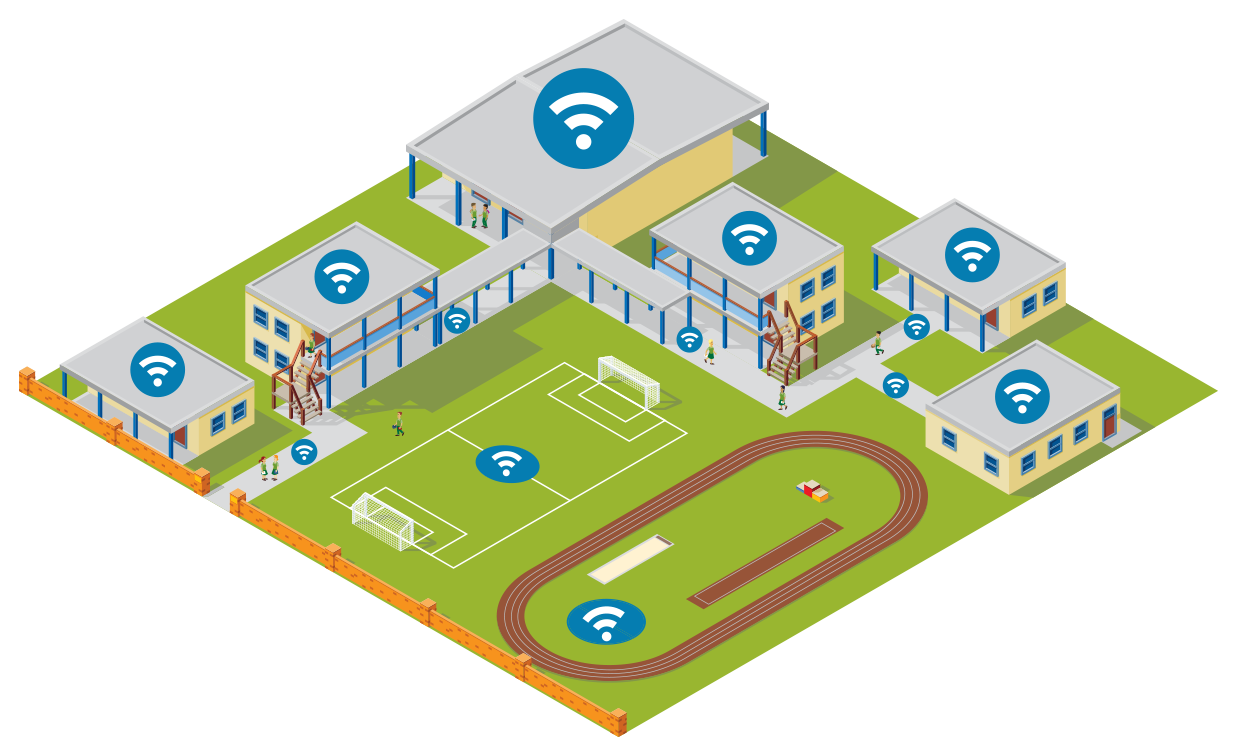Priorities
Equity of Access
Design Infrastructure to Meet Capacity Targets
State leaders should support districts in designing infrastructure to meet the recommended broadband capacity targets and the needs of digital learning environments. The focus of design should be on student learning, and not simply on the administrative functions that networks have traditionally provided for schools and districts. As districts and schools move to seamless digital learning environments, the importance of designing high-capacity and widely available networks, including the utilization of wireless networks is essential.
“A clear vision for teaching and learning drives infrastructure planning.” –Roadmap for 21st Century Learning Environments
Design Flexible District Networks
Designing district networks for both the short and long-term that are open, filtered, flexible, and support multiple devices for teachers and students is critical. When designing networks, districts need to assure that the internet connections are used effectively. That means the school will need to have access to the resources necessary to use the internet, including school- or student-owned computers or devices, teacher professional development or training, software, an internal network, and technical support.
Utilize Wireless Networks
Most districts and schools are growing their wireless networks to help meet internet access
needs. With the advent of Chromebooks and BYOD programs, students and teachers often have multiple devices, further increasing internet access needs. In fact, in an effort to ensure effective and efficient use of bandwidth delivery down to the classroom and student level, the FCC made additional funds available to provide discounts on local area network infrastructure and related services as part of E-rate Modernization in 2015.
advent of Chromebooks and BYOD programs, students and teachers often have multiple devices, further increasing internet access needs. In fact, in an effort to ensure effective and efficient use of bandwidth delivery down to the classroom and student level, the FCC made additional funds available to provide discounts on local area network infrastructure and related services as part of E-rate Modernization in 2015.
